Early Learning Centre
The clients for this centre in a new housing development area just outside of Wodonga were very clear about wanting two things: for this to be a high performing climatically responsive design, and for this to be a flagship building for their company.
Being situated in a climate zone characterized by cool winters and hot dry summers, appropriate passive design strategies were going to be critical. The main learning spaces were angled on the site to face solar north to optimize winter passive solar heating. Large covered outdoor spaces on the east and west facades not only provide sheltered activity areas but also protect the external walls of the building from direct sunlight and unwanted afternoon heat gain.
Skillion roofs are angled towards the prevailing winds with high level louvre windows to expel warm air, with low level fresh air intake vents situated down low beneath window sills. Two large eyes of the building sitting over a high volume circulation passage act as natural cooling towers. Their dark colour and exposure to the sun mean that they will help induce air movement through the building even when there isn’t necessarily a breaze.
We have used an insulated rammed earth wall along the southern boundary of the building to create some internal thermal mass which will absorb excess heat in the building, and also provide a wonderfully tactile material to draw the interest of the children deep into the building.
There are elements of the building which will be very obviously unusual but will also hopefully demonstrate to the children and staff how they actually help to keep the building comfortable to be in, while also having a fun and playful aesthetic.
These thermal performance design strategies are nothing new. In fact they are inspired by vernacular building typologies from other hot dry climates which have been used for many hundreds of years. I think we are well and truly at that point where we can stop being so reliant on non-renewable energy sources and have a look back at what has worked on the past, modify it to suit our current needs, and improve it using modern day technology and materials.
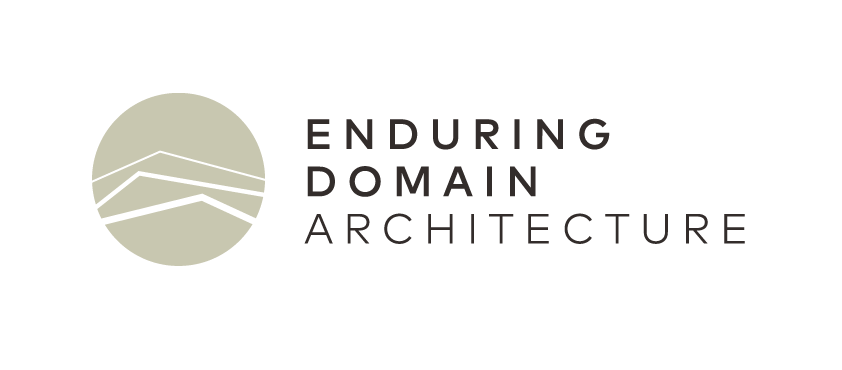



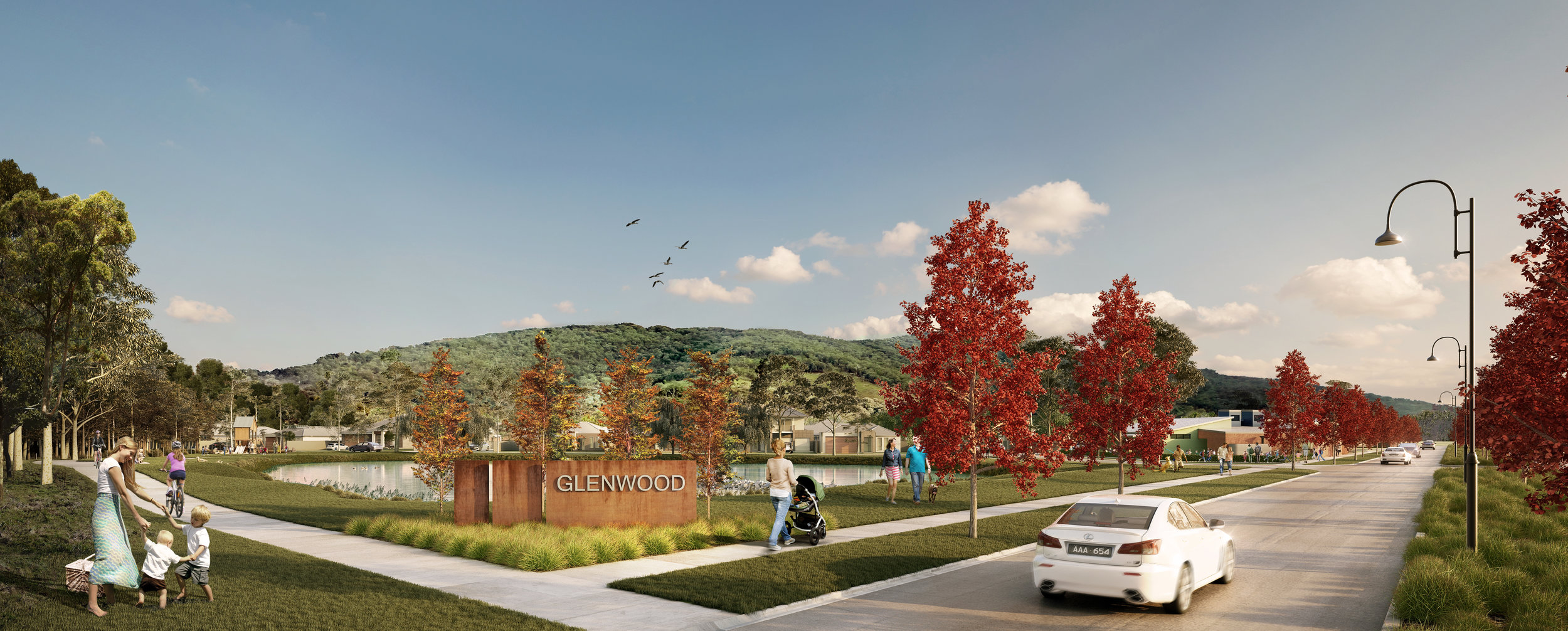
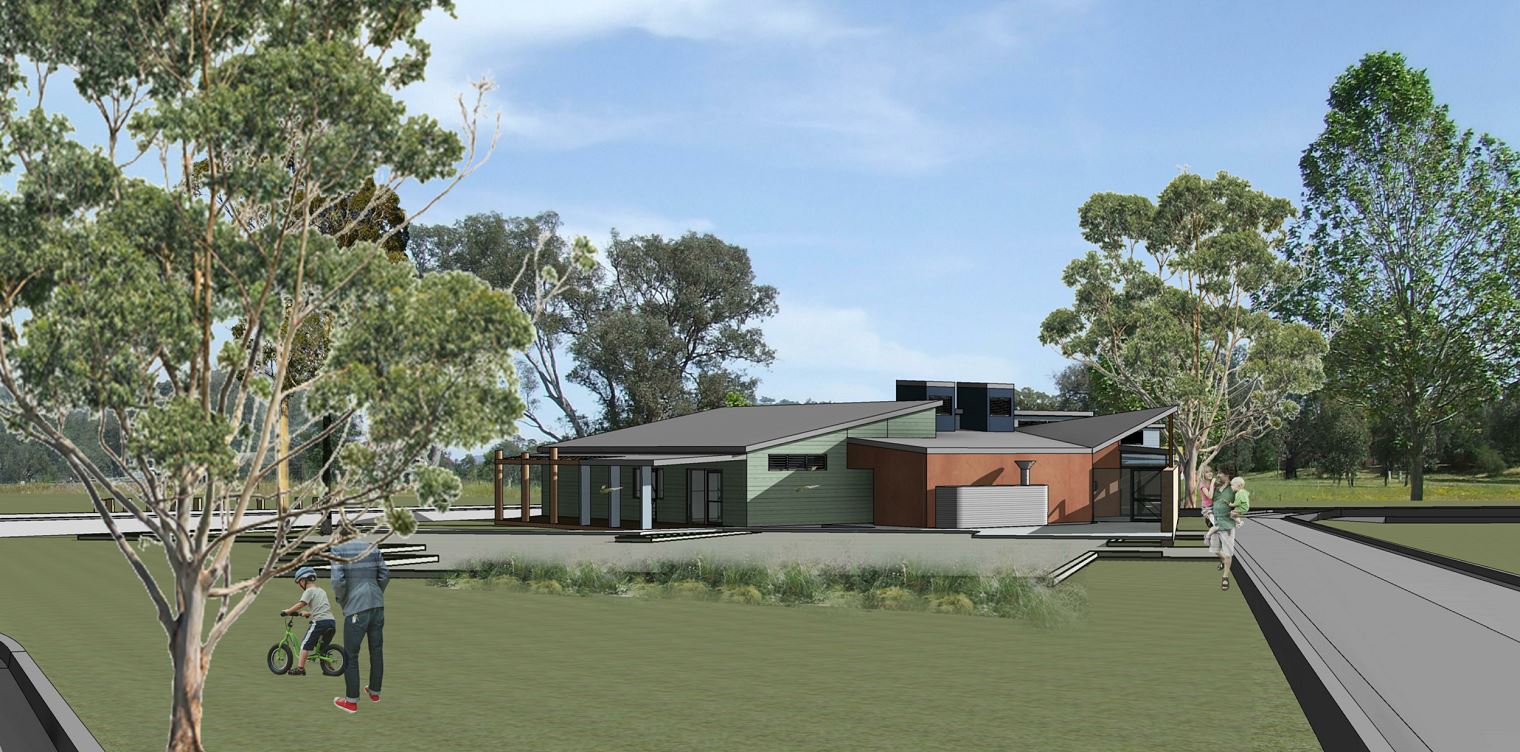

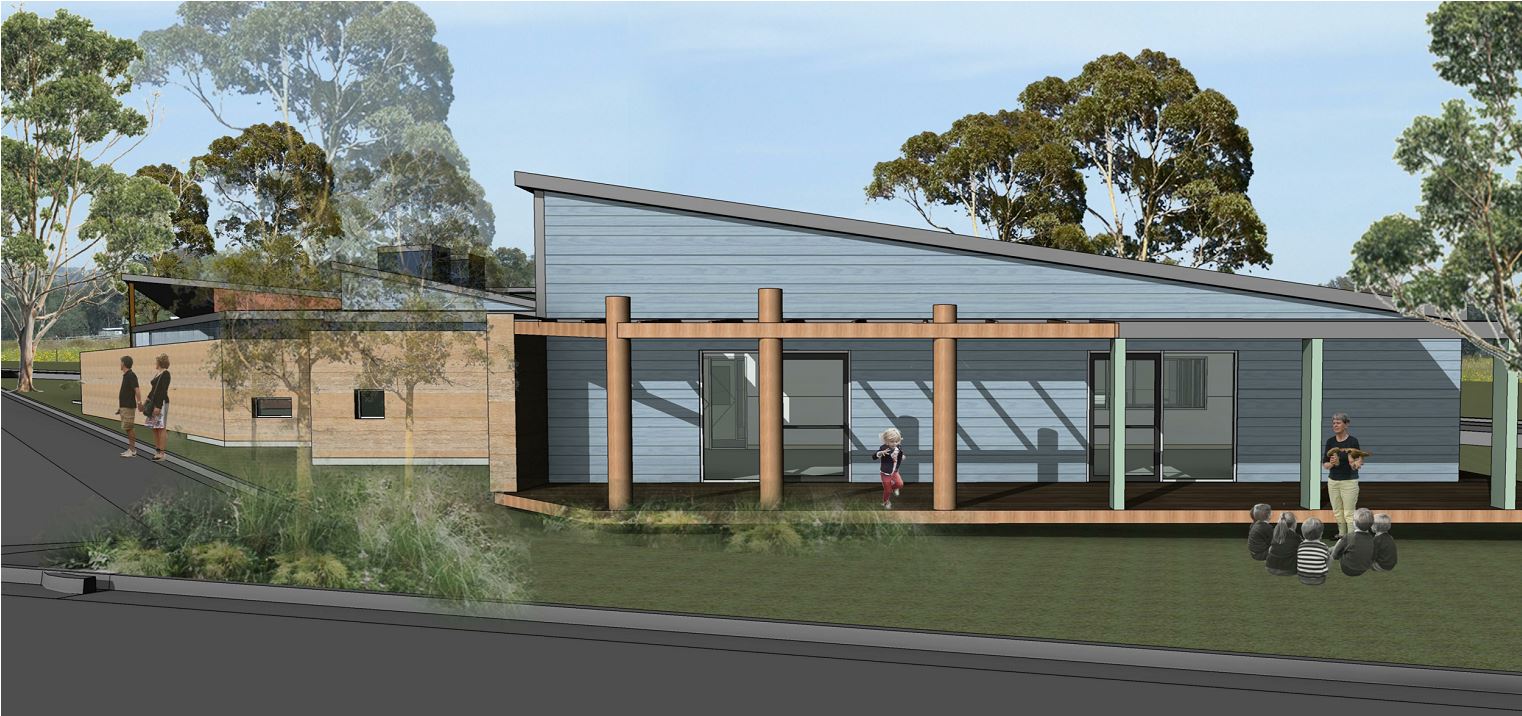
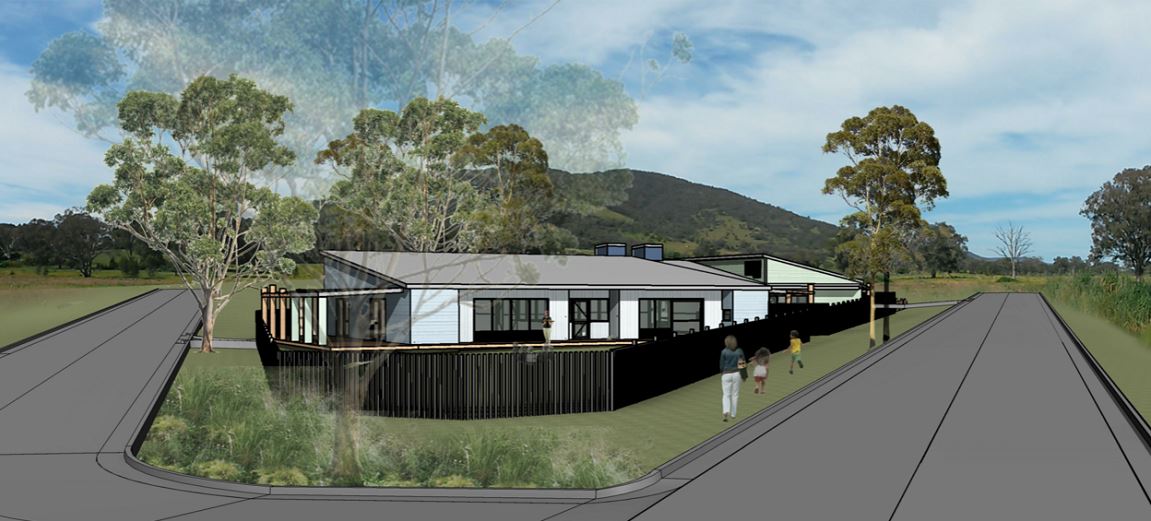
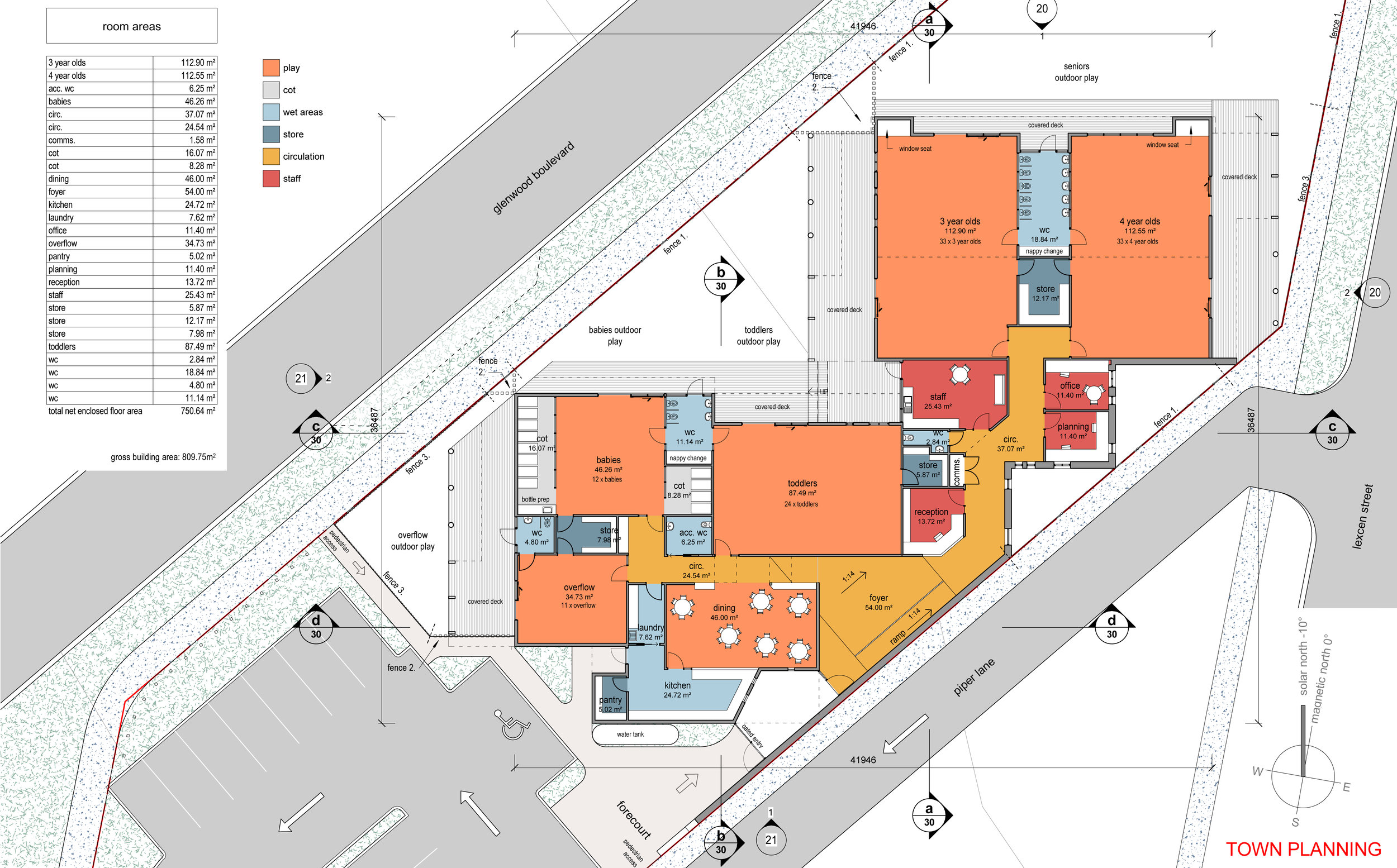
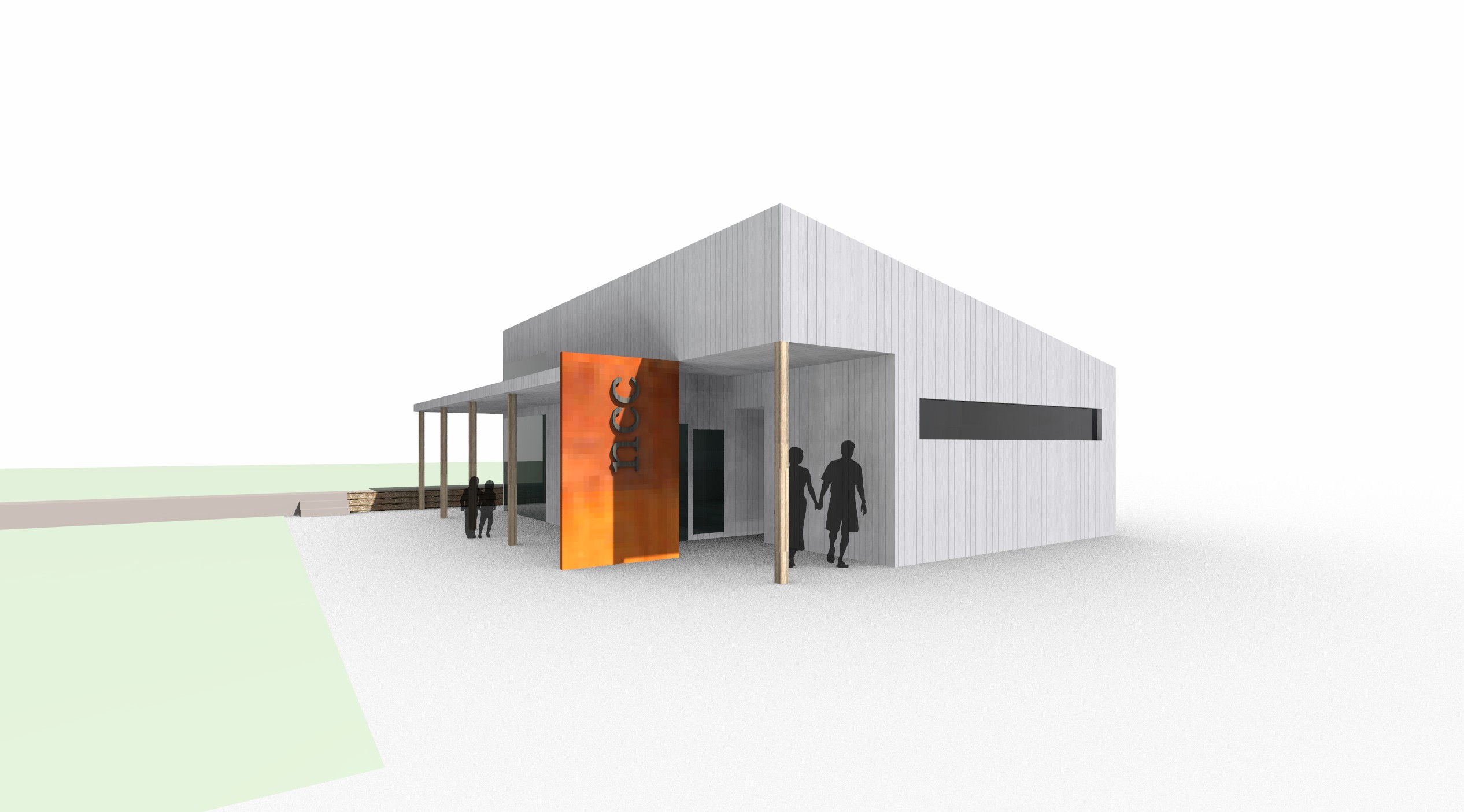
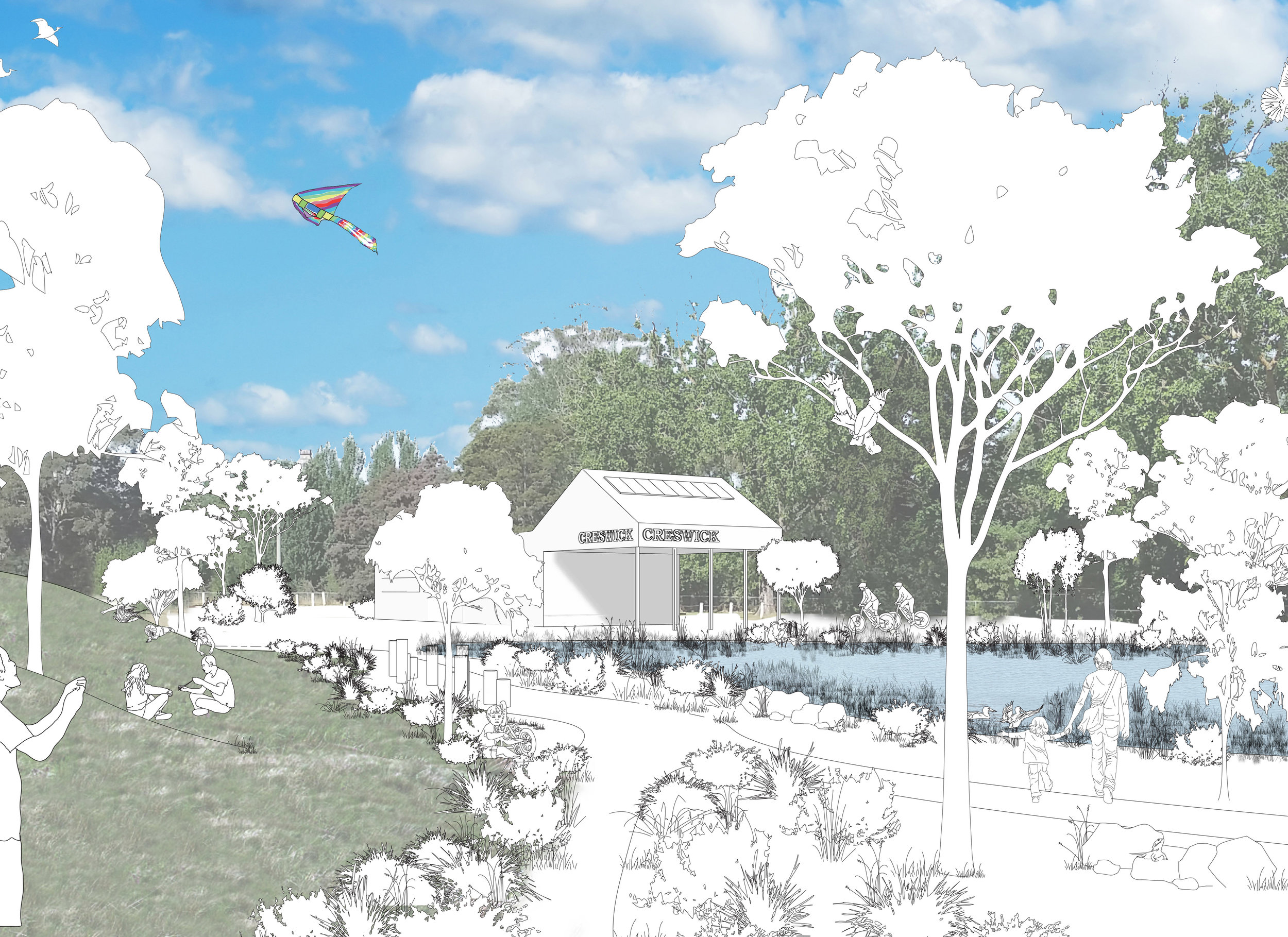
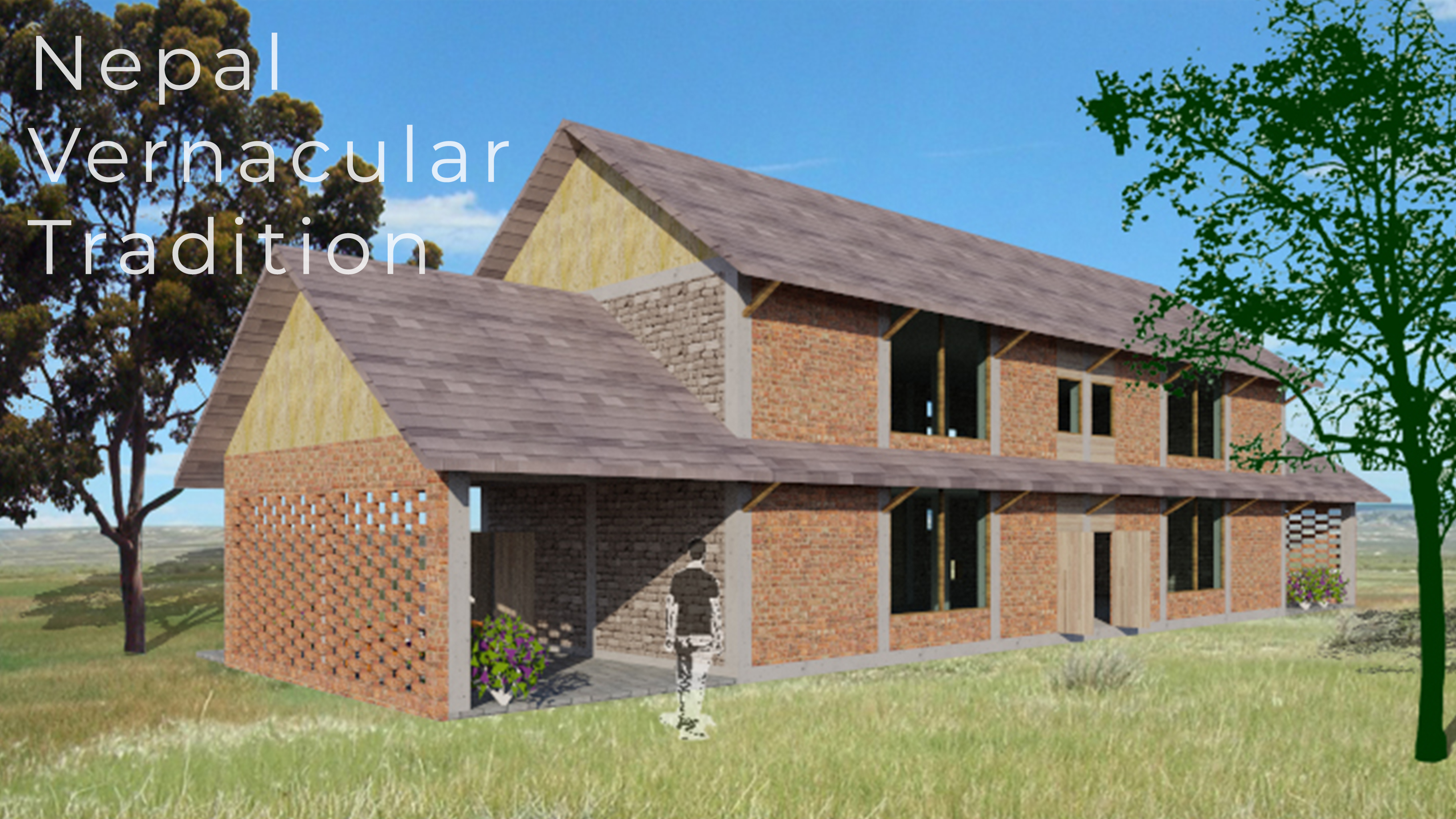
No Comments